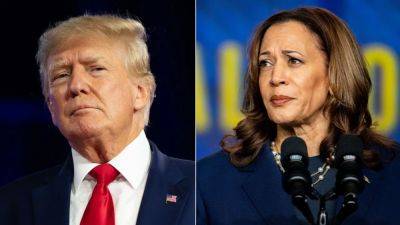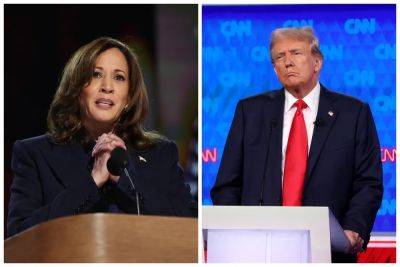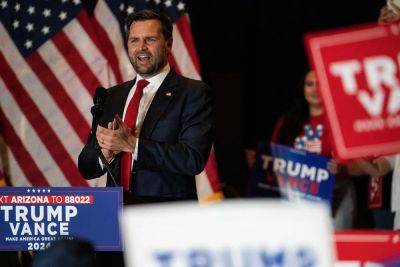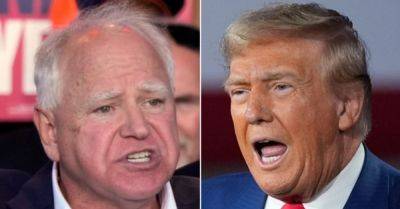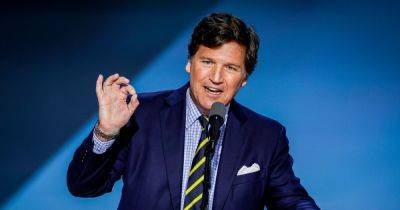Battle of the Political Brands
Not long after the ABC presidential debate began on Tuesday night, Donald J. Trump, the Republican candidate, brought up one of the telling points of the evening. His brand, he said, was “great.” He had built a fantastic brand.
“She doesn’t have a brand,” he said, speaking of his opponent, Kamala Harris. “She copied Biden’s brand.”
The reference to President Biden suggested Mr. Trump was not talking about real estate brands. He was talking about political brands. And part of what the debate offered was a chance for each candidate to embody exactly what that meant, for the millions watching to see.
Some of that, the most important part, is what they said. Some of it is how they said it. And some of it is how they looked when they said it. Or even, more important, how they looked when they weren’t saying anything at all but were still trying to convey information — about who they were and how they positioned themselves. A brand, after all, is simply a set of values contained in an image.
To that end, Mr. Trump did, indeed, show off his signature brand. He wore his now familiar flag-adjacent uniform of red (tie), white (shirt) and blue (suit) and his now familiar combative expression under hair that looked slightly more sandy than cream puff. His tie was bright and extra-long, the knot large; his jacket was unbuttoned, the politician’s flag pin on his lapel.


